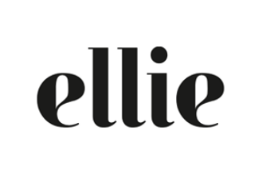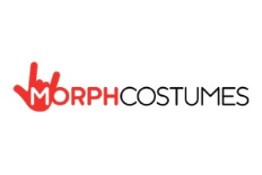SnapDragon is all too aware of the tactics fraudsters use to sell counterfeit goods online. In days gone by, consumers would normally come across fake goods in markets or on holidays abroad. Now, all it takes is a google search or a scroll through social media to find reduced price, knock-off goods.
The problem of copycat goods online only grows in the run up to Christmas. With Black Friday and Cyber Monday (the biggest shopping days as we approach the Christmas season), the fraudsters are all too aware of the money making opportunity. As legitimate businesses start to roll out their deals, consumers are on the constant look out for a bargain.
In fact, in a recent operation by Trading Standards and Meta, hundreds of counterfeit products have been removed from Instagram in the run up to Black Friday.
The crackdown – which is ongoing – comes as a poll found just over a quarter of UK shoppers are considering or intending to buy fake products this year.
Almost two-in-five (37%) said they wanted to buy the same amount of presents as last Christmas, which Trading Standards warned could lure consumers into unknowingly purchasing cheaper but unsafe counterfeit products.
Counterfeits are rarely tested for safety, and often cheaply manufactured with loose parts or hazardous materials, which can put your customers in harms way.
So what are the most common methods fraudsters use to sell counterfeit goods during the Black Friday and Cyber Monday sales?
Social Media counterfeit goods
All it takes is a simple search on Instagram or Facebook to see how rife the problem of fake goods on social media is. Counterfeiters are relentless in their quest to rip-off legitimate brands’ intellectual property as they continue to diversify their channels.
Social commerce is growing year on year as younger generations are becoming ever more comfortable buying through adverts or pages on their socials. Social commerce revenues worldwide reached 474 billion Us Dollars in 2020, and is projected to reach 3,370 trillion by 2028*.
Consumers searching for a bargain this holiday season can often find themselves on fake pages linking through to third party websites claiming to be selling genuine products. These sites can often look legitimate, littered with the company branding and product descriptions. These social accounts can be abandoned at will and new ones set up in moments, making the problem hard to fight for brands.
Don’t be fooled by social influencers ‘recommending’ deals on famous brands. The products are often fake – sometimes without the influencer knowing.
Fake Domains
There are a few different types of domain fraud that can result in brands losing revenue, customers and above all – their good reputation. One of the most common tricks that unscrupulous fraudsters use is called “typosquatting”, where they use common misspellings of brand names to take over a domain and pose as that brand. Often these sites contain all of the same branding, trademarks, images and designs. Unsuspecting consumers looking for a Black Friday deal on their favourite brands may stumble upon these sites while looking for a product, and accidentally purchase cheap, knock-off versions.
Another tactic used is to add a word on to the end of the brand name such as “online” or “shop”, or use a different suffix, for example .info instead of.com.
Third-party marketplace counterfeits
One of the most popular methods of selling counterfeit goods online is through online marketplaces such as AliExpress, eBay and Amazon to name a few. Through these massive online websites, fraudsters can regularly sneak under the radar. They often have complex distribution systems, making finding where fake products originated a hard task. Brand owners often find listings that infringe on their intellectual property including trademarks, designs, copyright and patents. These marketplaces often hold huge promotions in the run up to Christmas including Black Friday, Cyber Monday, and the 11.11 Singles festival in China.
So how can you fight back to protect your brand online this Black Friday/Cyber Monday?
Register your intellectual property.
The best way to fight back against the fakes is to register your intellectual property in every region that you trade. This includes:
- Trademarks – Register any and all logos, word marks, brand names or design elements
- Designs – Any stand out visual characteristics of your brand/products
- Patents – Any original inventions
Copyright is also a powerful weapon. An unregistered right, it can be used to remove unauthorized reproductions of your words, images, moving images or songs.
You can use your intellectual property (registered or unregistered) to take down infringing listings by reporting them to the platform they are on. Most online marketplaces have an online reporting system.
Call in the experts
SnapDragon is an online brand protection company dedicated to fighting fakes online. Using clients’ intellectual property rights, Swoop, our AI -driven software, monitors the world’s busiest online marketplaces, domains and social media for copycat goods, identifying suspect infringements for removal. Our team of multilingual brand analysts ensure that counterfeiters can be defeated; protecting innovators, businesses and customers alike.
Get in touch today and we will perform a free, no-obligation brand check where we will show you where you have a problem online, and how to fight back against the fakes. Or, if you’d simply rather have a quick chat with an expert, book an appointment here.
What’re more, we are currently running our own Black Friday promotion – sign up before the end of the year and you will get 10% off a whole year of monitoring*.
*Terms apply
Sources:
*Statista: Social commerce revenue worldwide from 2020 to 2028







